Gas hydrate inhibition by 3-hydroxytetrahydrofuran: Spectroscopic identifications and hydrate phase equilibria
Y. H. Ahn, H. Kang, D.-Y. Koh, Y. Park, H. Lee, Fluid Phase Equilibria, vol.413, pp.65-70 (2016)
https://doi.org/10.1016/j.fluid.2015.12.005
Large organic guest molecules (LOGMs) have been reported to form clathrate hydrates with help gas molecules. Specific LOGMs with a hydroxyl group show an ‘inhibition effect’ on the thermodynamic equilibria of clathrate hydrates, forcing the phase equilibrium curve to shift to a relatively unstable region of lower temperature and higher pressure conditions. Here, we introduce a potential candidate, 3-hydroxytetrahydrofuran (3-OH THF), which has a sole different functional group from tetrahydrofuran (THF), a powerful thermodynamic promoter, to examine the effect of the hydroxyl group on the phase equilibria of clathrate hydrates. The powder X-ray diffraction patterns and Raman spectra reveal that both sI and sII clathrate hydrates can be formed depending on the type of help gas molecules (methane, nitrogen, oxygen, and carbon dioxide). Additionally, the phase equilibria of binary (3-OH THF + help gases) clathrate hydrates are measured to check the degree of inhibition due to the substituted hydroxyl group. The carbon dioxide, unlike other gaseous guest molecules, prevented LOGMs of 3-OH THF from occupying sII large cages, and thus we only observed the appearance of pure carbon dioxide hydrate.

